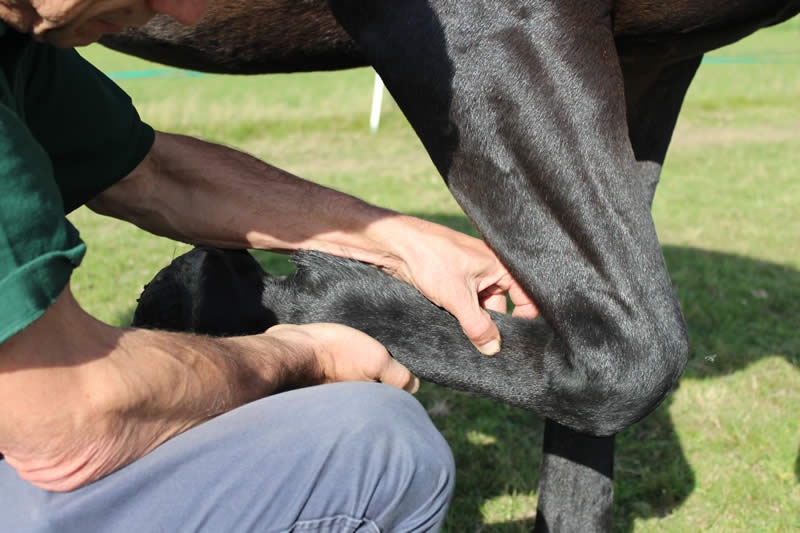Services
Vetting
5 stage vetting and 2 stage vetting

Pre-Purchase Examination
Reigate Vets offers both 5 and 2 stage vetting. We would always recommend that you choose a full pre-purchase examination because a limited 2 stage vetting may not reveal certain conditions which may have been discovered during the course of a full 5 stage examination.
The pre-purchase examination, or vetting, is made up of 5 stages. The exact sequence of the examination may vary.
Stage 1: This is a thorough external examination of the animal at rest using visual observation, palpation and manipulation to detect clinically apparent signs of injury, disease or physical abnormality. It includes an examination of the incisor teeth, a thorough
examination of the horse’s eyes in a darkened area and auscultation of the horse’s heart and lungs at rest.
Examination of the eyes does not include dilating the pupil but should include examination of internal and external structures.
The examination does not include examination of the inside of the prepuce (sheath), a detailed mouth examination with a
speculum, a height measurement or any examination for pregnancy.
Stage 2: The animal is walked and then trotted in hand to detect abnormalities of gait and action. Ideally this is carried out on firm,
level ground. The horse is turned sharply each way and is backed for a few paces. Flexion tests of all four limbs and trotting in
a circle on a firm surface may be carried out if the examining veterinary surgeon considers it safe and appropriate to do so.
Stage 3: The horse is usually ridden and given sufficient exercise to:
1. Allow assessment of the horse when it has an increased breathing effort and an increased heart rate.
2. Allow assessment of the horse’s gait at walk, trot, canter and, if appropriate, gallop.
3. Allow assessment of the horse for the purpose of stage five. If ridden exercise is not possible for any reason then this
stage may be conducted by exercising the horse on a lunge.
Stage 4: The horse is allowed to stand quietly for a period. During this time the respiratory and cardiovascular systems may be monitored as they return to their resting levels.
Stage 5: The animal is trotted in hand again to look for any signs of strains or injuries made evident by the exercise and rest stages.
Use the information above to decide which option is best for you, then contact the office to arrange an appointment.
In order to secure your appointment for your pre-purchase examination, please complete our Buyer’s Information Request Form, providing as much detail as you can.
